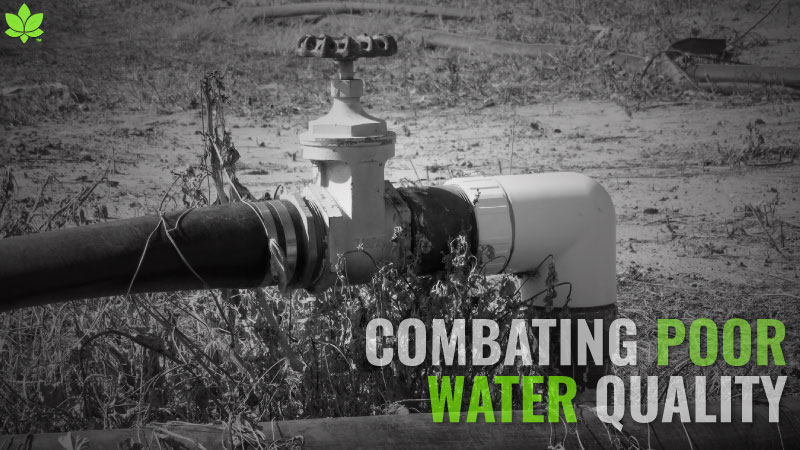Florida Citrus Growers Thrown A Bactericides Lifeline, Finally [Opinion]
 Earlier this month, I attended the Florida Citrus Hall of Fame luncheon in Lakeland. The luncheon was held only days after Florida Agriculture Commissioner Adam Putnam had announced a crisis exemption allowing the application of three bactericides to improve the health of trees infected by HLB.
Earlier this month, I attended the Florida Citrus Hall of Fame luncheon in Lakeland. The luncheon was held only days after Florida Agriculture Commissioner Adam Putnam had announced a crisis exemption allowing the application of three bactericides to improve the health of trees infected by HLB.
The action was granted under EPA’s Federal Insecticide, Fungicide, & Rodenticide Act. The exemption allows the foliar application of the antibiotics: streptomycin sulfate (FireWall 50WP, AgroSource Inc.), oxytetracycline hydrochloride (FireLine 17WP, AgroSource Inc.), and oxytetracycline calcium complex (Mycoshield, Nufarm Americas Inc.).
The enthusiasm regarding the announcement was palpable during the luncheon that just maybe these materials will be helpful in halting plummeting citrus production in the state. A survey published in Florida Grower® magazine’s 2015 Citrus Annual showed an overwhelming majority of growers ranked bactericides as the most immediate and effective treatment to HLB.
While growers have been asking to use these products for a number of years, it was not until recently that a formal request was made to the EPA on behalf of growers. It is a complicated process in which the Florida Fruit & Vegetable Association (FFVA) is the petitioner, but the petitioning agent is the Florida Department of Agriculture and Consumer Services (FDACS). The original petition was sent to FDACS in October.
As growers, I know it can be frustrating waiting, especially with the threat of HLB, but building the data to support the use of these products in citrus takes time. You also can credit Commissioner Putnam for taking the crisis exemption step, while EPA continues to evaluate the use of these products on citrus. All the data show that these materials are best applied when trees are flushing. The trees are not going to wait on EPA, so Putnam’s action will allow growers to get these products applied when it counts.
As FFVA’s Mike Aerts notes: “It is called an emergency exemption, but it is not an immediate process.”
In this case, it was even more complicated because the petition is calling for the use of these products to improve overall tree health of HLB-infected trees. It not like saying a bug is resistant to product A, so we need an exemption to use product B.
“Tree health is really more of a subjective area and not as easily documented,” Aerts adds. “So, what FFVA submitted to FDACS for review is four times the size of a typical petition. I think it totalled something like 54 pounds of paper.”
Tom Jerkins, President of Premier Citrus and current Citrus Research and Development Foundation (CRDF) Chairman, lauded the crisis action.
“The release of these three Section 18 products is great news, and we have great appreciation to the registrants, FDACS, FFVA, and CRDF for working together to get this through,” he says. These products are the first available to Florida growers that show real data lowering levels of HLB bacteria in the citrus plant.
“With their availability this early in the new crop year, there is some optimism that these products may change the overall tree health, fruit set, and fruit quality of the 2016-2017 crop season.”
In the meantime, researchers recommend being good stewards of these products. Use them as directed to avoid potential resistance and other negative effects of misuse.
Finally, a tip of the hat to everyone involved in bringing these materials to growers’ hands.










